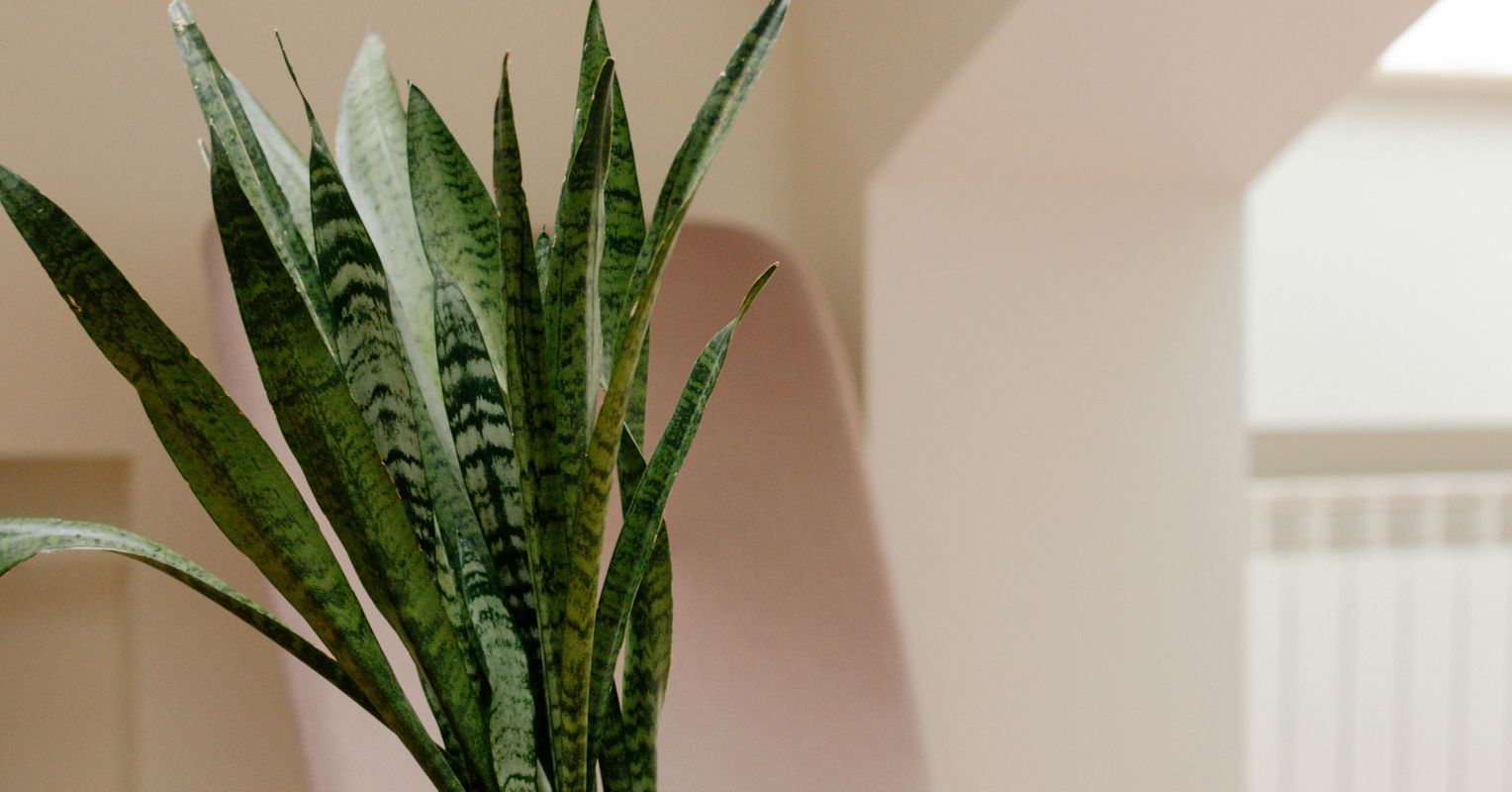
"When people are in biophilicly designed spaces, they feel good mentally and physically; their well-being is higher than when they're in a place that's not biophilicly designed. Biophilicly designed spaces recreate (at least conceptually) the features of the sorts of places where our species thrived when it was young and first taking its current form. These are spaces where, for example:"
"Natural light is plentiful during the day, and warmer, dimmer light prevails at night. When natural light is just not an option or needs to be supplemented, circadian lighting is installed. Light from warmer bulbs is lower on our "horizons" in tabletop or floor lamps, and cooler light is overhead in ceiling-mounted fixtures. There is an indoor plant in each view across the space (not more because of visual clutter issues; see the next point)."
"A moderate amount of visual "stuff" is happening in the space; it is not visually cluttered or stark (too little to see stresses us just as much as too much). The number of colors, shapes, and patterns in view factor into the amount of visual complexity present in a space, and so does the apparent order underlying the use of those colors, etc. For user comfort and well-being, the goal is a space with medium levels of visual complexity."
Biophilic design improves mental and physical well-being by recreating environmental features where humans thrived. Daylight dominates with warmer, dimmer light at night, and circadian lighting supplements when needed. Warmer light is placed lower and cooler light overhead to mimic natural horizons. Each view ideally includes an indoor plant while avoiding visual clutter. Spaces favor moderate visual complexity, curved lines, and natural materials that age or develop patina. In temperate zones, windows open for fresh air. The overall aim is comfortable, ordered environments that balance sensory richness without overstimulation.
Read at Psychology Today
Unable to calculate read time
Collection
[
|
...
]